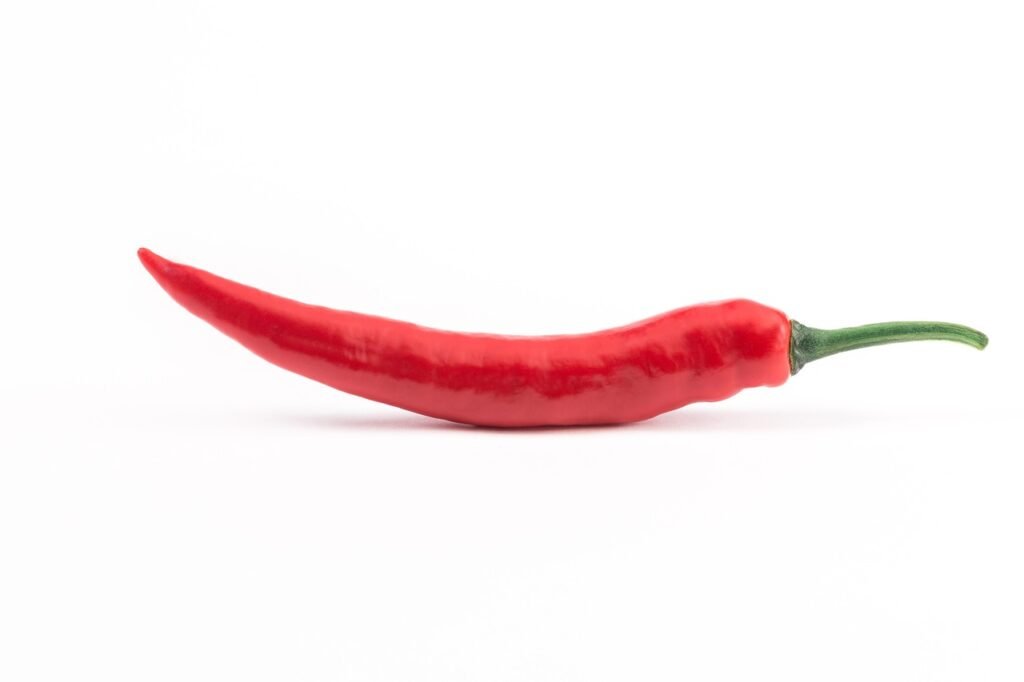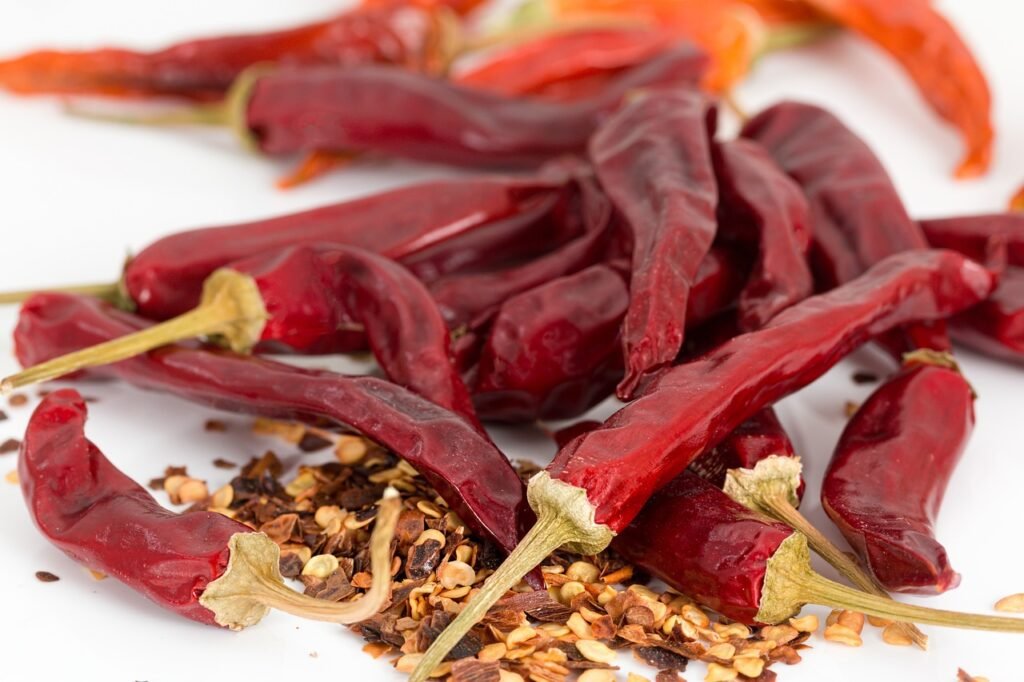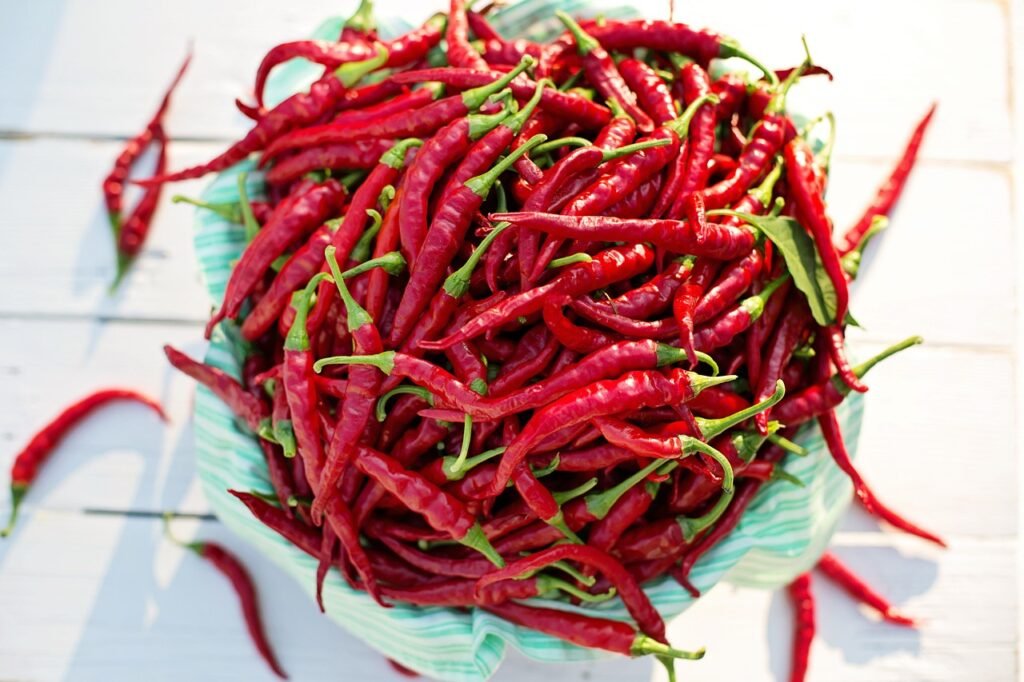So, you want to learn how to grow cayenne peppers, huh? Excellent choice! Cayenne peppers are not only easy to grow but also incredibly versatile in the kitchen.
Whether you want to spice up your homemade salsa or dry them for chili powder, cayenne peppers are a great addition to any garden.
If you’re new to gardening (or maybe just peppers in general) you’re probably wondering, “How do I get started?” Well, you’re in the right place.
Let’s walk through everything you need to know—from seed to harvest.
Along the way, we’ll throw in some useful tips, answer your most common concerns, and maybe share a story or two from my own gardening experiences.
Step 1: Choosing the Right Location

The first step in learning how to grow cayenne peppers is picking the perfect spot.
Cayenne peppers love sunlight. Think of them like that friend who’s always chasing the sun for the perfect Instagram photo.
They need at least 6-8 hours of sunlight each day, so when you’re picking a location, make sure it’s somewhere with plenty of sun.
Pro Tip: If you’re growing your peppers indoors or starting them in pots, place them near a sunny window or consider using grow lights.
Don’t be afraid to move them around a bit to find their “sweet spot” where they could soak up the sun all day long. It’ll make a world of difference!
Step 2: Soil Matters
Peppers are a little picky when it comes to soil. They prefer well-draining soil that’s rich in organic matter.
Before planting, mix in some compost or a good-quality garden soil to give your peppers a strong start. If you’re planting them in a garden bed, make sure the soil isn’t too compacted.
If you’re working with containers, make sure they have drainage holes. Nothing will kill your pepper-growing dreams faster than soggy roots!
I learned this the hard way one year when I overwatered my container peppers. They ended up looking pretty sad, and it took me weeks to figure out that poor drainage was the culprit.
Soil Tip: Aim for a soil pH between 6.0 and 7.0. You can pick up a simple pH testing kit at any garden center to make sure your soil is in the right range.
Step 3: Starting from Seeds or Seedlings?
Here’s the million-dollar question: Should you start your cayenne peppers from seeds or buy seedlings from a garden center?
Both options are great, but there are some things to consider before you decide.
Seeds
Growing from seeds gives you more control, but it takes longer. If you’re in a colder climate, you’ll need to start seeds indoors about 8-10 weeks before your last frost date.
Cayenne pepper seeds need warmth to germinate (around 75-85°F), so consider using a heat mat under your seed trays to speed things up.
Seedlings
If you’re in a hurry or prefer a quicker start, grab some healthy seedlings from your local garden center. Just be sure to harden them off before planting them outside.
This means gradually exposing them to outdoor conditions over the course of a week or two.
Step 4: Planting Your Cayenne Peppers

Now that your seeds are sprouting or your seedlings are ready, it’s time to get them in the ground (or containers).
If you’re planting outside, make sure to wait until all danger of frost has passed. Peppers hate the cold, and planting them too early could stunt their growth.
Ideally, your outdoor temperatures should consistently be above 60°F.
Spacing
Give your peppers some room to grow. Space them about 18-24 inches apart, and if you’re using containers, choose pots that are at least 12 inches deep. Cayenne peppers can grow up to 2-3 feet tall, so they’ll need space for their roots and leaves to stretch out.
Step 5: Watering: Not Too Much, Not Too Little
Once your peppers are in the ground, one of the most important things to manage is watering. Peppers like consistent moisture but hate soggy soil.
Water them deeply, about 1-2 inches per week, depending on your climate.
Don’t make this mistake
Overwatering. When I first started learning how to grow cayenne peppers, I was a little too generous with the watering can.
I thought more water meant faster growth, but it actually caused root rot and slowed everything down.
Tip: Water at the base of the plant to keep the leaves dry, especially in humid climates. Wet leaves can lead to diseases like mildew. Using a drip irrigation system or soaker hose can help with this.
Step 6: Fertilizing for Success
Peppers are hungry plants! To keep your cayenne peppers healthy and productive, you’ll want to feed them regularly throughout the growing season.
Start by working a balanced fertilizer (like a 10-10-10 mix) into the soil when you plant them.
After that, feed your peppers every 4-6 weeks with a liquid fertilizer. You can also use compost tea or fish emulsion for an organic boost.
But be careful with nitrogen-heavy fertilizers. Too much nitrogen will give you lots of leaves but not many peppers.
Step 7: Supporting Your Peppers
Cayenne pepper plants can get pretty tall, and once they start producing fruit, they might get a little top-heavy. Consider using stakes or cages to support your plants.
Trust me, it’s better to get the stakes in early rather than waiting until your plant is leaning over from the weight of its peppers!
Step 8: Pests and Problems
Even if you’ve followed every step perfectly, there’s always a chance pests or diseases might pop up.
The good news is cayenne peppers are relatively pest-resistant, but you should still keep an eye out for common issues like:
Aphids
These tiny bugs love to suck the juice out of your plants. If you spot them, spray the leaves with a mixture of water and dish soap or a premixed insecticidal soap.
Blossom End Rot
This is a common issue in peppers, caused by a calcium deficiency. Make sure your soil has enough calcium, and try to keep your watering consistent. You can also try using a calcium supplement, if needed.
Step 9: Harvesting Your Cayenne Peppers

After a few months of care, your cayenne peppers will be ready to harvest! They usually turn from green to bright red when fully ripe, though you can pick them at any stage, depending on how spicy you want them.
When to Harvest
Once the peppers are about 4-6 inches long and firm to the touch, they’re ready to go. Use scissors or pruners to snip them off the plant, being careful not to damage the stem.
Fun Fact: The longer you leave them on the plant, the spicier they’ll get. If you want milder peppers, pick them earlier when they’re still green.
Step 10: Storing and Using Your Cayenne Peppers
After harvesting, there are plenty of ways to use your cayenne peppers! You can eat them fresh, dry them for future use, or even pickle them.
Drying Peppers
To dry your cayenne peppers, string them up in a sunny, well-ventilated spot. Once they’re fully dried, you can crush them into flakes or grind them into powder.
Common Questions About Growing Cayenne Peppers
What if my cayenne peppers aren’t turning red?
Cayenne peppers need plenty of warmth and sunlight to ripen fully. If they’re staying green, it might just be a matter of waiting a little longer, especially if it’s early in the season.
Make sure your plants are getting enough sunlight and consistent watering.
Why are my pepper plants wilting?
Wilting is usually a sign that something’s off with your watering routine. If the soil is too dry, your plants will wilt. But, surprisingly, overwatering can cause the same problem!
Check the moisture level in the soil, and adjust your watering accordingly.
Wrapping Up
Now that you know how to grow cayenne peppers, you’re well on your way to a spicy, flavorful harvest!
With the right care, these peppers are relatively easy to grow, even for beginners. Just remember to give them plenty of sunlight, water consistently (but not too much), and watch out for pests.
Growing cayenne peppers is a rewarding experience, and you’ll have the satisfaction of knowing that you nurtured those fiery red gems from seed to harvest.
Plus, your homemade salsa will never be the same again!
Happy gardening, and may your cayenne peppers be spicy and plentiful!
Explore more. Fear less.
- Why Road Trips are One of the Best Ways to Clear Your Mind - November 21, 2024
- 10 of the Best Pumpkin Patches in the U.S. - October 23, 2024
- 10 of the Most Colorful Fall Road Trips in the U.S. - October 22, 2024
